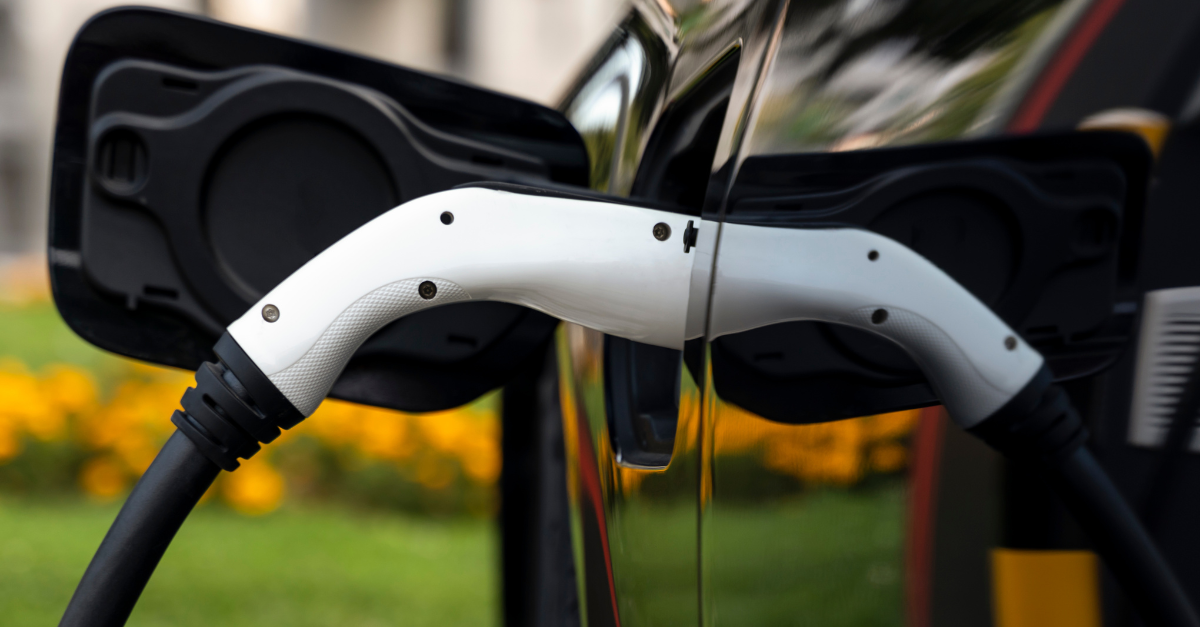If you run out of charge, most roadside assistance companies will be able to charge it up. Pull over somewhere safe and flat, park and turn on your hazard lights so others can see you.
To avoid running out of battery, plan ahead. Check the nearest charging stops alongside your route, and if you’re going on a long journey make sure your vehicle is fully charged.
